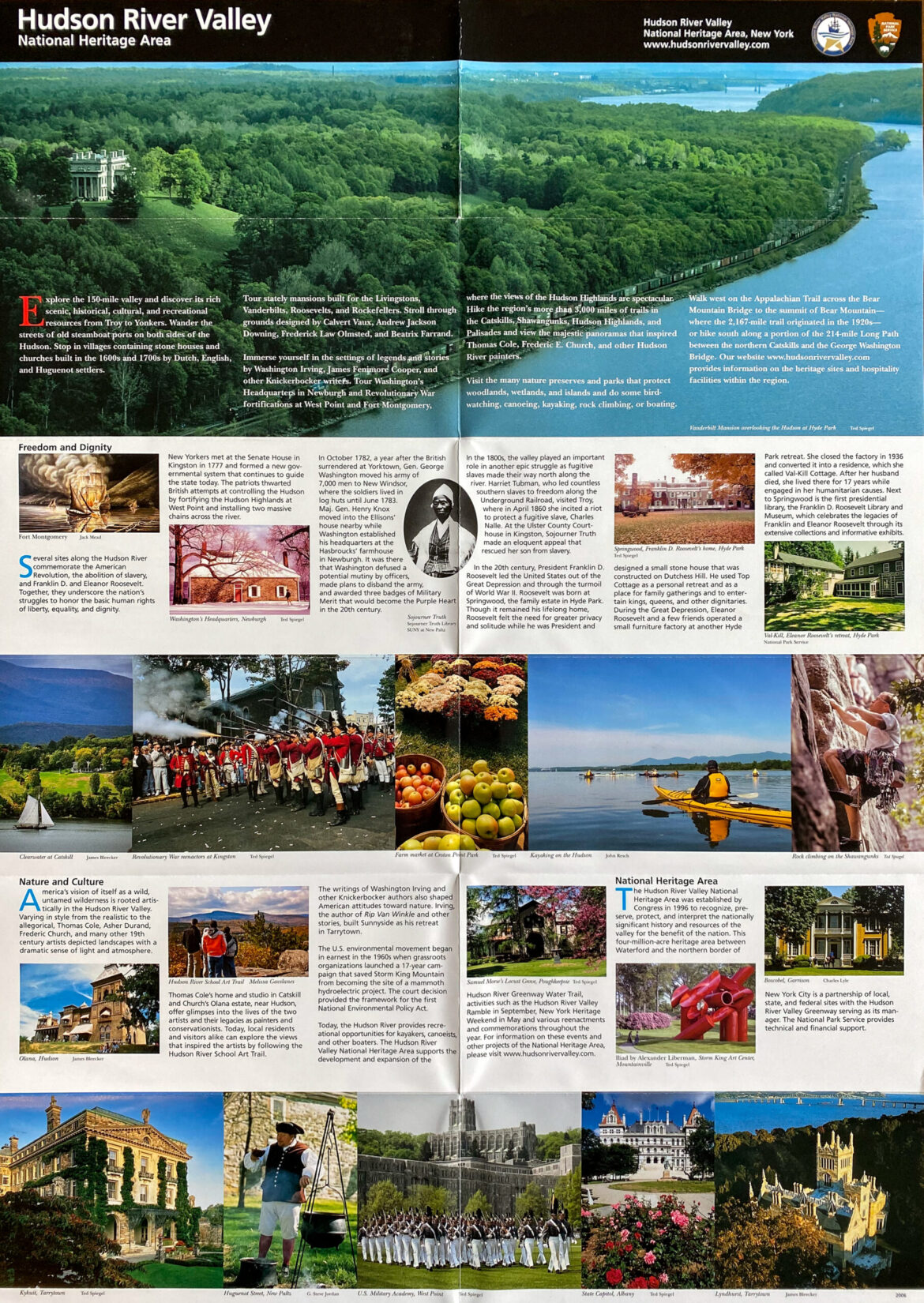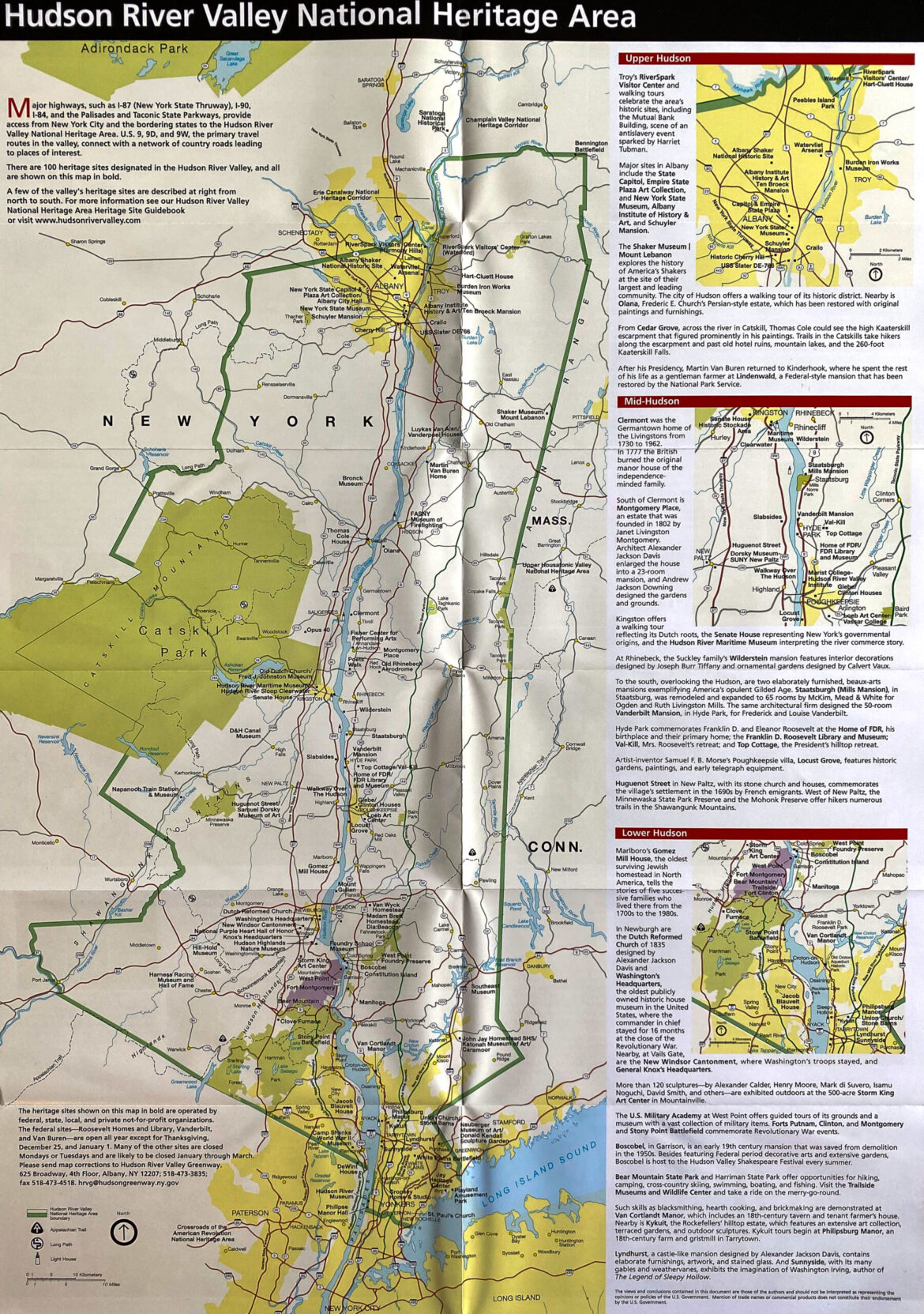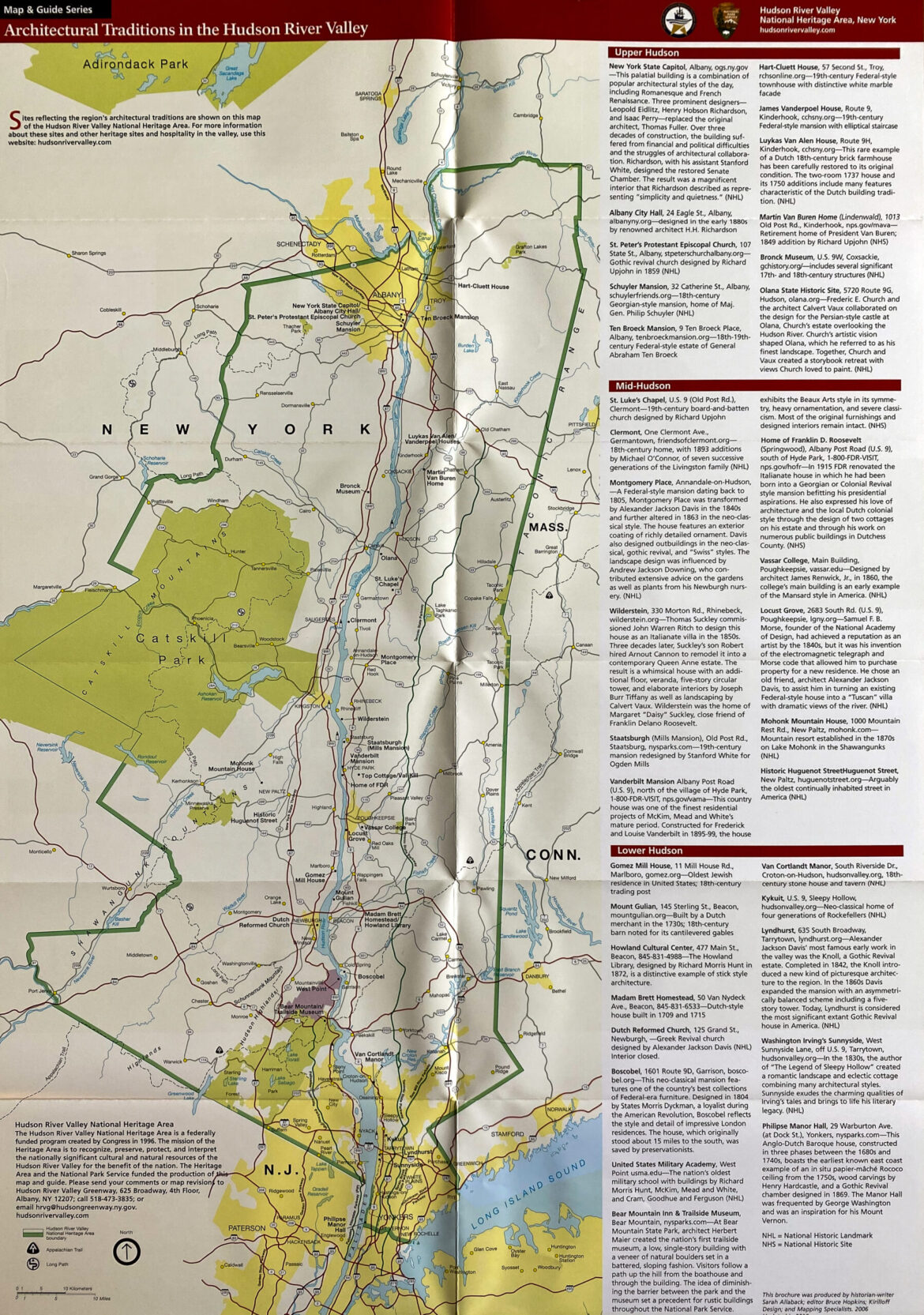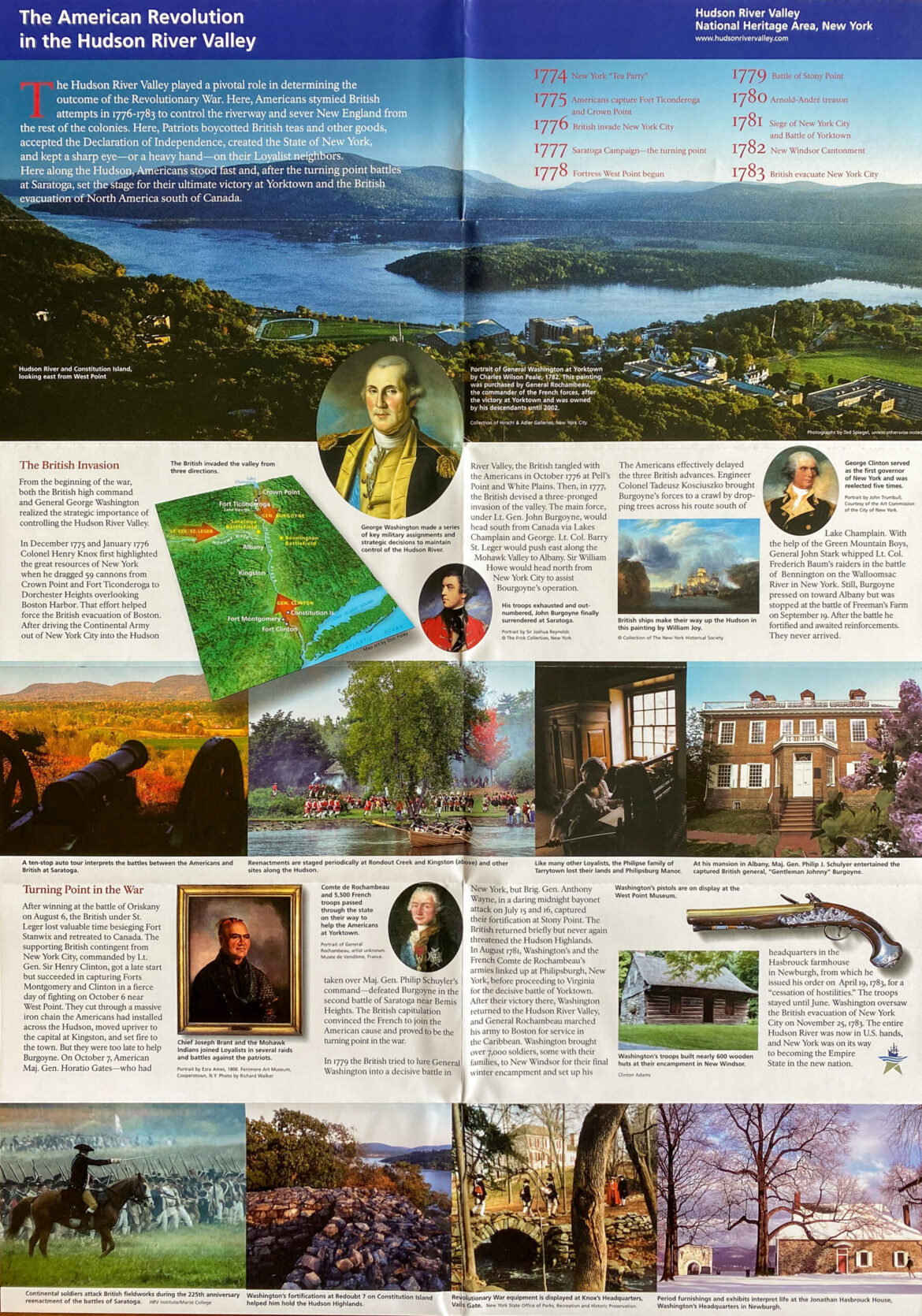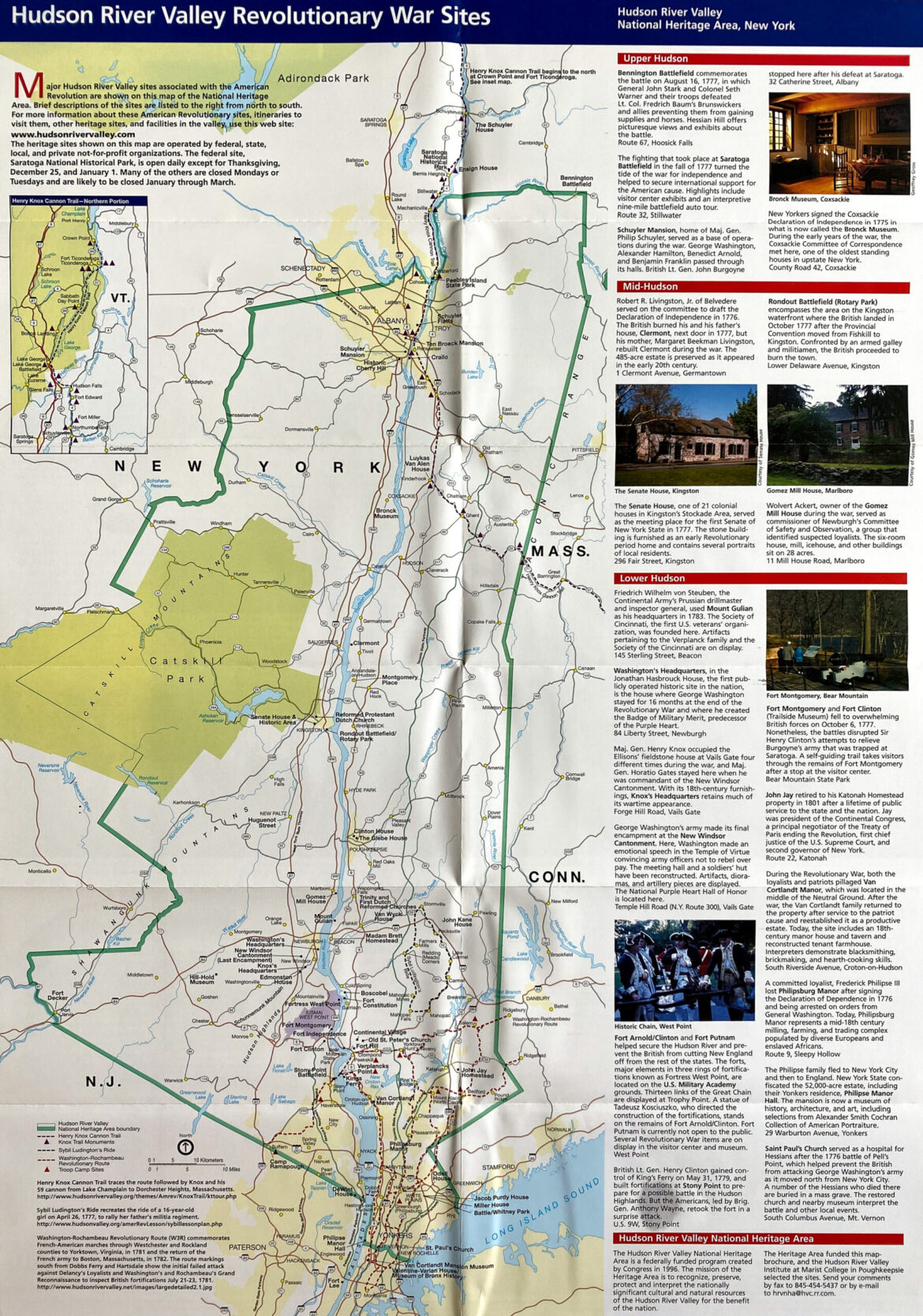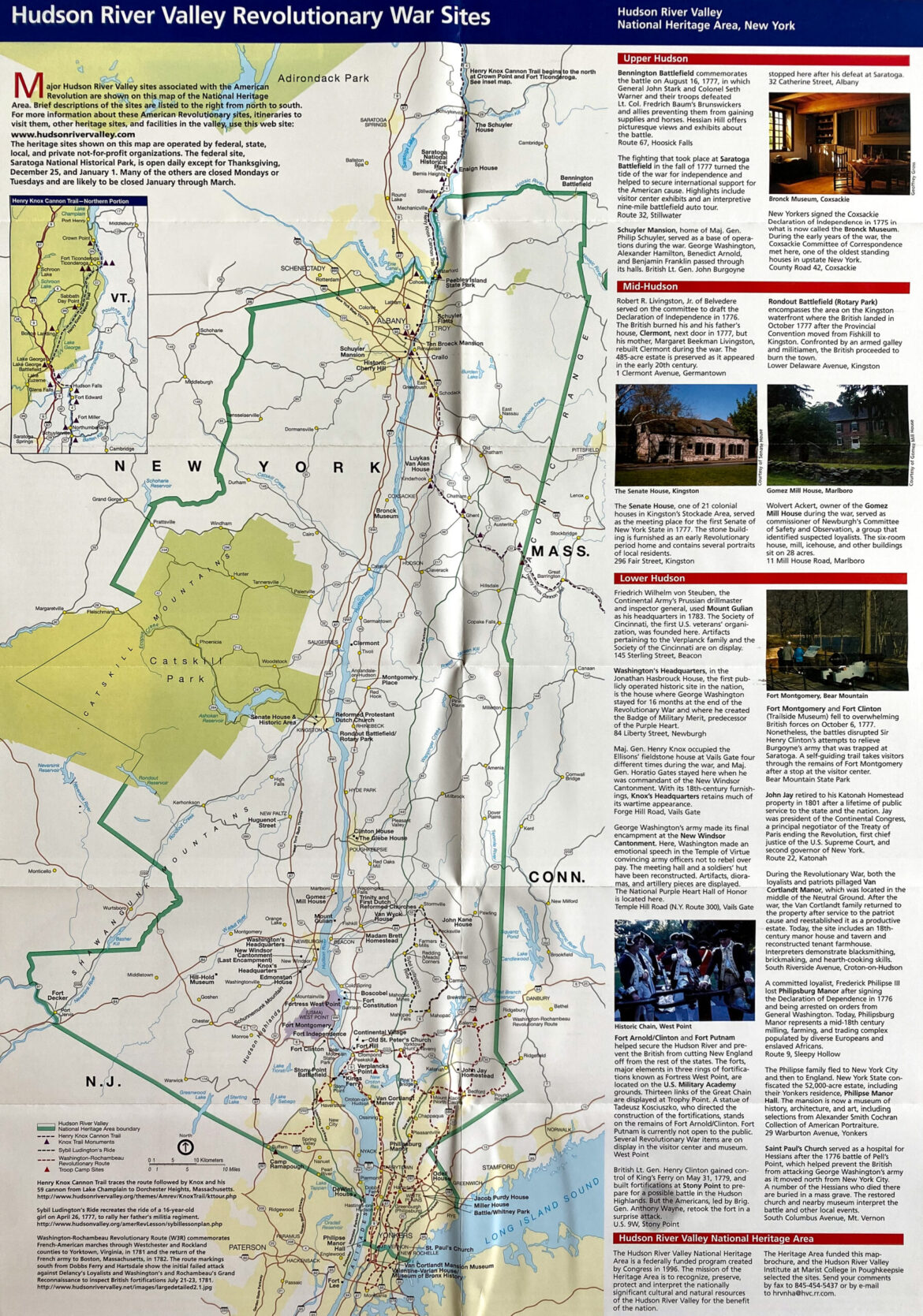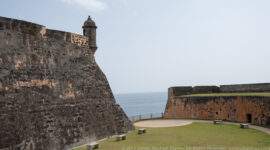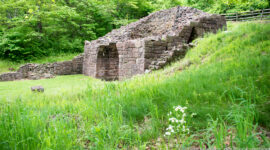“On a brisk autumn day, the view from the sprawling porch of the mansion at the center of the Marsh-Billings-Rockefeller National Historical Park in Woodstock, Vermont, is of ancient, rolling hills flush with the changing seasons. Sugar maples flare red, beeches are butter-yellow, and centuries-old hemlocks hold fast to thick green canopies.
Today the park includes the oldest sustainably managed woodland in North America. It’s hard to imagine, given the current fullness of the landscape, that this 550-acre park east of the Green Mountains was once a burned-out, tilled-over, flood-ridden shadow of its present self. The park also celebrates three famous families who made this place home, each contributing in its own way to the history of conservation and the evolution of land stewardship.
Frederick Billings, who was born in nearby Royalton, emulated George Marsh and bought the estate in 1869. Billings had made a fortune as a lawyer and real estate developer out West, running the Northern Pacific Railway; Billings, Montana, was named in his honor. After seeing Yosemite as one of its first tourists, he agitated for national parks throughout the West, including Yellowstone, Glacier, and Mount Rainier.
One of Billings’s daughters, Mary, had a daughter also named Mary, who married Laurance Spelman Rockefeller in Woodstock in 1934. Rockefeller was the fourth child of Abby Aldrich and conservationist-philanthropist John D. Rockefeller Jr. (who contributed immeasurably to the founding and financing of several national parks). Mary and Laurance came together over a love of the outdoors, and the estate that Mary inherited from her mother came to hold a special place in Laurance’s heart. What he saw and learned and felt there— along the paths where his wife rode her pony endlessly as a child— no doubt contributed to his conservation philosophy and philanthropy.
Out of this modest patch of east-central Vermont grew some of the most cutting-edge thinking about both human influence on the environment and balance in the natural world. The park’s meticulously maintained two-story brick mansion features works from master Hudson River School painters. Romantic, gauzy scenes of Yosemite and the Grand Tetons beckon the traveler, and the Park Service is improving nesting sites for wood thrushes, ovenbirds, and at least four types of warblers.
Current park superintendent Mike Creasey sees a clear link between the past conservationists who lived there and the present. “Marsh seemed to belong to a worn-out planet,” he says. And yet, “In that house on the hill, in this place in a Vermont valley, those three changed our understanding of our relationship to nature and our obligation to the present and beyond.”
Hansen, Heather (2015-10-20). Prophets and Moguls, Rangers and Rogues, Bison and Bears: 100 Years of the National Park Service (Kindle Locations 545-547). Mountaineers Books. Kindle Edition.





























